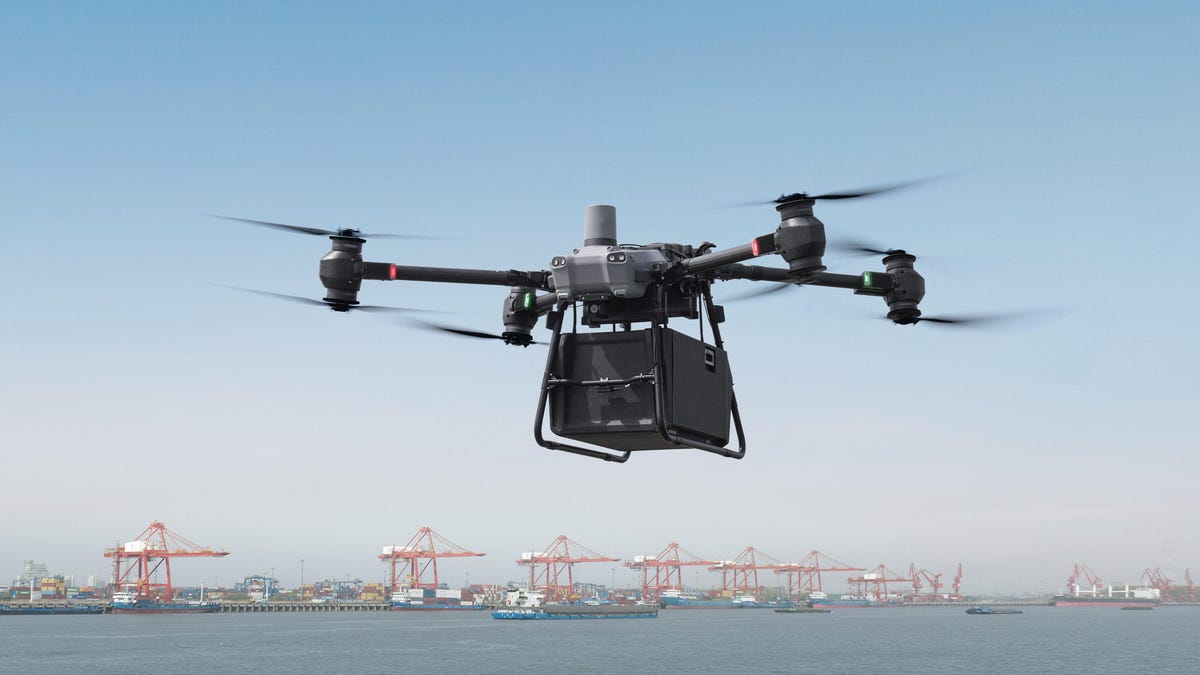How Fast Can a Drone Fly? Insights for Professional Photographers
In the era of modern photography, incorporating aerial perspectives has become a significant trend. Therefore, understanding the speed capabilities of drones is crucial for Professional Photographers. In this article, we'll answer the question, how fast can a drone fly? We will delve into various aspects of drone speed, its implications for photography, and how that knowledge can enhance your craft.

The Basics: Understanding Drone Speed
When discussing drone capabilities, speed can be a game-changer. The speed of a drone can affect the types of shots you can capture. Most consumer drones can fly between 25 and 50 mph. However, performance may vary widely based on drone type, environmental conditions, and flight mode.
Factors Influencing Drone Speed
Several factors contribute to how fast a drone can fly, including:
- Aerodynamics: Design elements like body shape and weight.
- Battery Life: Higher speeds may result in reduced operational time.
- Weather Conditions: Wind can have a significant impact on speed.

Types of Drones and Their Maximum Speeds
Different types of drones serve different purposes, and their speeds vary accordingly:
1. Racing Drones
These drones are built specifically for speed, often reaching up to 100 mph. Professional racing pilots can maneuver them exceptionally well, allowing for competitive racing events.
2. Consumer Drones
Most drones used by photographers, like the DJI Phantom series, have maximum speeds of around 15-30 mph. These drones strike a balance between speed and stability, making them ideal for capturing aerial shots.
3. Professional Drones
For high-end aerial photography, drones can reach speeds of around 40-50 mph. These models often come equipped with advanced camera systems and stabilization features.

Utilizing Drone Speed in Photography
Understanding how fast a drone can fly is not just about the numbers; it can significantly impact your photography outcomes. For instance, faster speeds can help you capture dynamic scenes such as sports events or wildlife in motion.
Capturing Action Shots
When photographing fast-moving subjects, a drone with high speed enables you to keep up with the action. It allows you to get the perfect shot without needing excessive panning. To maximize this capability, familiarize yourself with the drones speed settings and modes.
Slow and Steady: Advantages of Lower Speeds
While high-speed capabilities are often impressive, slower speeds can be advantageous for stability. Lower speeds provide greater control over framing and enable smoother footage, particularly beneficial in commercial applications.

Drone Regulations and Speed Limits
As exciting as flying a drone can be, there are limits imposed by federal regulations regarding speed and altitude. For instance, in the U.S., your drone cannot fly over 400 feet or outside of your visual line of sight.
Check out USA Drone Laws to ensure you are compliant while pushing the limits of your aircraft.
Conclusion: The Impact of Speed on Photography
Understanding how fast a drone can fly shapes not just your shooting style but also your overall success as a Professional Photographer. By selecting the right drone and mastering its speed capabilities, you can elevate your photography to new heights. Always remember to find the right balance between speed and control.
FAQ
1. What is the fastest commercial drone?
The fastest commercial drone can reach speeds of up to 50 mph.
2. Can I fly my drone at high speeds indoors?
It is not advisable to fly at high speeds indoors due to limited space and risks of crashes.
3. How does wind affect drone speed?
Wind can significantly slow down or speed up a drone depending on its direction relative to flight.
As an Amazon Associate, I earn from qualifying purchases.

